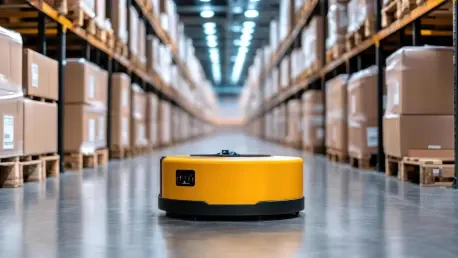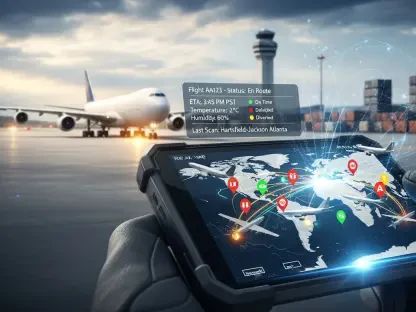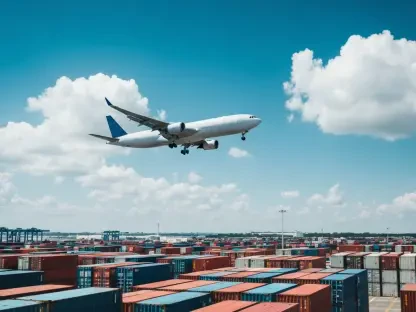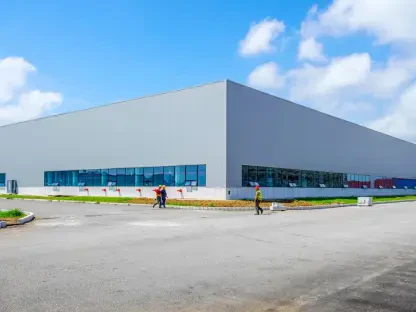In a world experiencing unprecedented labor shortages, technological solutions are emerging as the pivotal force in reshaping the warehousing industry. The scarcity of human resources has accelerated the adoption of smarter warehousing solutions, enabling companies to maintain and even enhance productivity despite fewer available workers. This trend marks a significant shift toward integrating advanced technologies, not as replacements for humans but as tools to augment the efficiency and capabilities of the workforce.
Growth Trends and Adoption
Data and Statistics
Recent analyses reveal a dynamic growth trajectory for smarter warehousing solutions, driven by the necessity to address labor shortage challenges. Between 2025 and 2027, the adoption rate of automated systems and smart technologies in warehouses is projected to increase by 15% annually. Industry reports highlight that such advancements are predicted to save costs and boost operational flexibility, ensuring supply chain resilience amid workforce constraints. Surveys indicate a surge in investment in data-driven processes, reflecting an industry-wide embrace of these critical innovations.
Real-World Applications
Concrete examples of smarter warehousing in action showcase significant improvements in operational efficiency. Leading companies, such as Amazon and Walmart, have pioneered initiatives integrating robotics and artificial intelligence into their logistics networks. These efforts not only optimize task execution but also streamline inventory management, yielding faster and more accurate deliveries while supporting human workers. Case studies highlight the success of warehouse systems utilizing predictive analytics to anticipate demand and dynamically allocate resources, setting new benchmarks for industry performance.
Expert Opinions and Insights
Industry experts are increasingly vocal about the transformative potential of smarter warehousing solutions. Professionals emphasize the necessity for strategic implementation to harness full benefits and address labor shortages effectively. Insights from experienced practitioners outline challenges, including the need for high initial investments and potential integration difficulties within existing systems. However, experts agree on the long-term significance of embracing these technological trends, predicting substantial enhancements in productivity and a resilient supply chain framework.
Future Outlook and Implications
Upcoming advancements in smarter warehousing solutions foresee further innovation-driven transformations. Predictive analytics, machine learning, and AI-powered robotics are expected to become standard in warehouse operations, with implications extending across multiple sectors. Industries such as food distribution and retail are poised to witness improved logistics efficiency, lower costs, and better service delivery. While these developments promise positive impacts, caution remains essential as technology could potentially reduce job opportunities, necessitating thoughtful strategic planning to mitigate adverse effects.
Conclusion
Smarter warehousing solutions are emerging as a crucial answer to the labor shortages challenging industries globally. As detailed herein, strategic adoption of technology promotes operational efficiency and showcases significant returns on investment. Reflecting on the future, companies must prioritize innovation to remain competitive and sustain expansion in a landscape shaped by smart solutions. With the ongoing shift toward smarter warehousing, the industry must explore actionable steps to create a harmonious balance between technology and the human workforce.









